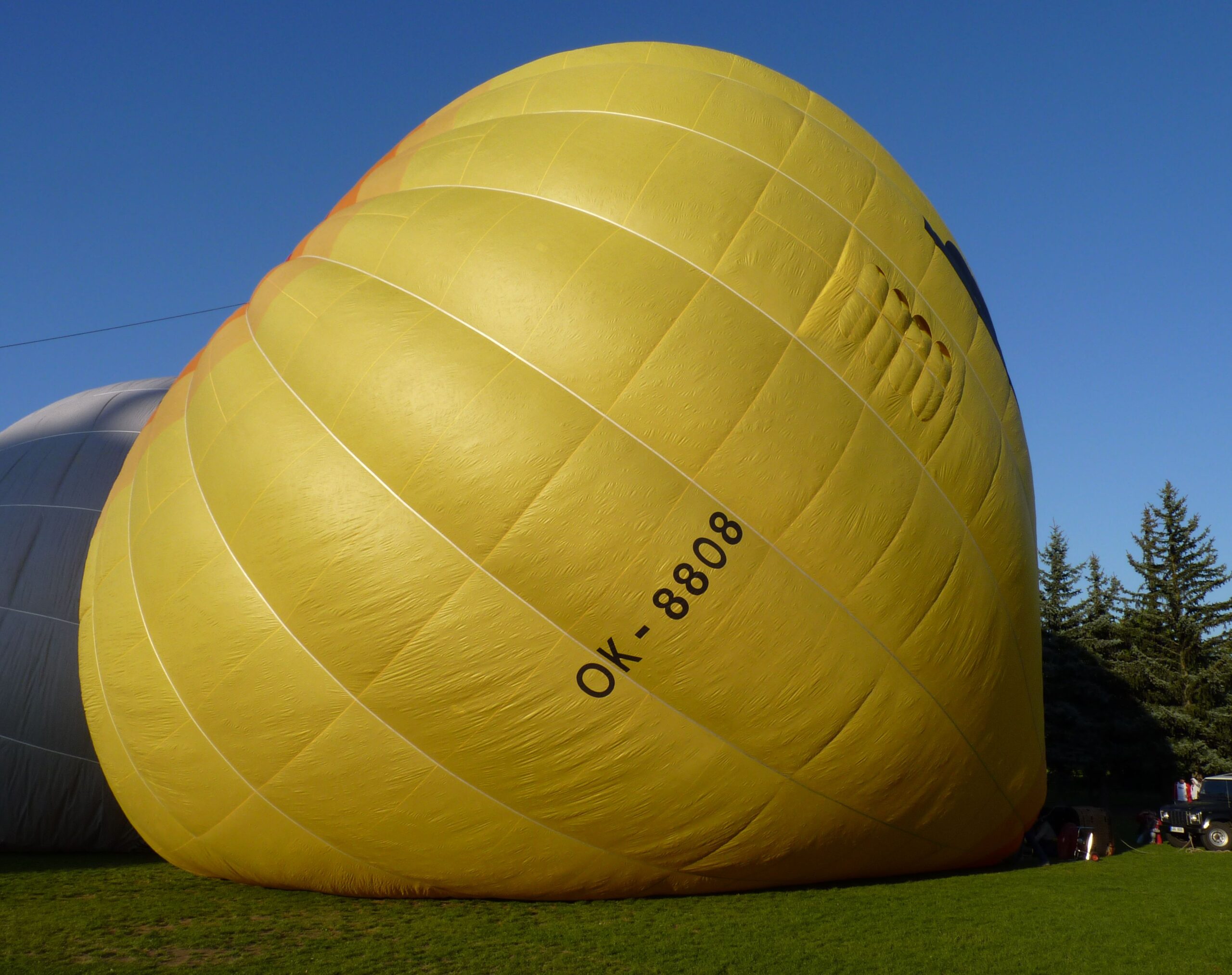Why is the Lead Found in Fidget Spinners Dangerous?

Recent news has reported that some popular fidget spinners contain dangerous amounts of lead that could be harmful to kids.
First of all, what is a fidget spinner and what makes the lead in some so dangerous
Back in 1993, a toy was created could be called the precursor of today’s popular fidget spinner. However, the newer versions became the latest craze among kids and even some adults earlier this year.
A fidget spinner is a flattened toy with two or three weighted lobes. It spins on a central ball-bearing. They are described as spinning with little effort, much like a top or yo-yo. When spinning, it creates a gyroscope-like sense of balance. Some say they easily become almost hypnotic while others describe them as calming. I’ve even heard of reports of fidget spinners being used to help calm and control kids suffering from attention deficit disorders
I tried a fidget spinner and while it was okay, it didn’t capture my attention the way so many others describe.
In recent tests, 2 of 12 models of fidget spinners were found to contain enough lead that surpassed the safe limit. Those two toys were the Fidget Wild Premium Spinner Brass and Fidget Wild Premium Spinner Metal.
Years ago, lead was used in hundreds of common products such paint, toys and tools. Lead can enhance the tinting of a color. It is a relatively inexpensive metal to mine, smelt, mold and mix with other metals or chemical compounds, which is why it has been so popular in the making of many toys.
However, lead has been found to be a dangerous poison that affects every system in the body. In unborn and younger children, lead can be especially harmful to the developing brain and nervous system. Lead has been banned from most paints and all children toys.
While lead can be absorbed through the skin, the most common form of lead poisoning comes from ingestion of lead. For some unexplained reason, many younger kids were found to eat the pieces of paint peeling off of walls and buildings. Younger kids frequently put many things in their mouths, which is why toys with lead proved to be dangerous.
According to the CDC, blood levels as low as 10μg/dL (micrograms per deciliter) have resulted in adverse effects in young kids. To most of us, we have no clue how much or how little that is, so allow me to convert it terms you may better understand. 10 micrograms per deciliter is the equivalent to 0.000000353 ounces (dry weight) per 3.38 ounces (liquid volume) of blood.
Experts fear that not only will younger kids put the lobes of a fidget spinner in their mouths, but it might be possible that traces of lead can come off onto the fingers and then the fingers are put in the mouth or transfer the lead to items that are put in the mouth.
The two models of fidget spinners found to contain dangerous amount of lead are both made by Bulls I Toy Company. The company claims the fidget spinners are legal since they are designed for kids 14 and up, which makes them exempt from federal regulations.
A controversy is ongoing between the toy company and federal regulators. It would not be surprising to see the federal regulations be changed in such a way that would include the fidget spinners in question.
Be warned before buying them, especially for smaller children or if you have smaller children in the house. In general, it is best to avoid the two models named above.








Recent Comments